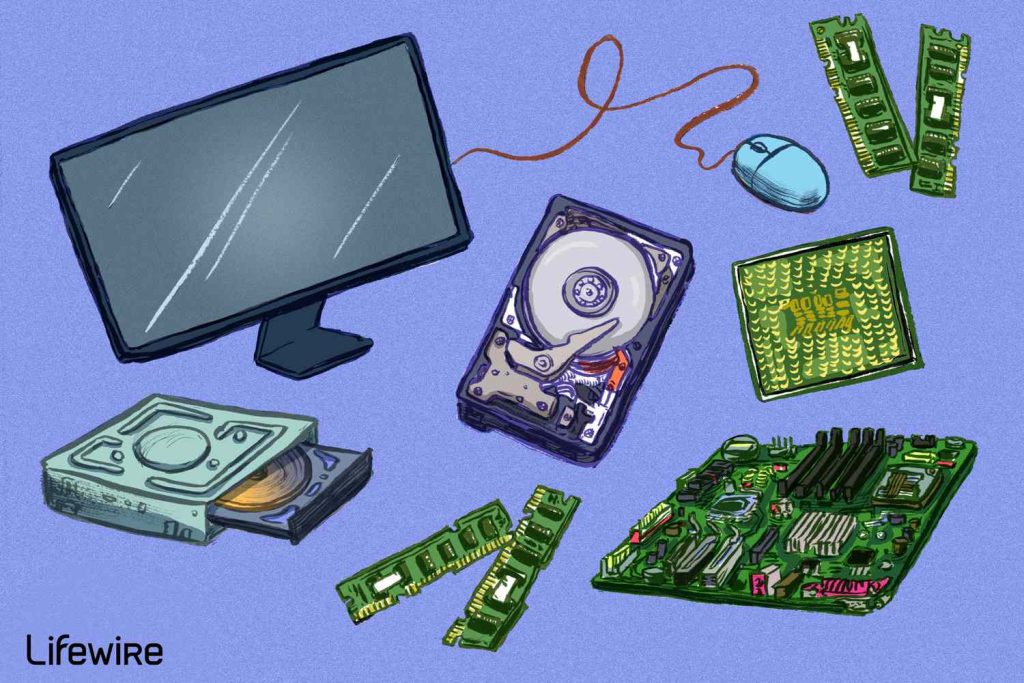Hardware encompasses the real components of research systems, providing as the foundation for electronic engineering and innovation. From the humble abacus to the cutting-edge quantum computers of today, hardware has undergone an extraordinary development, pushed by breakthroughs in components science, engineering, and processing theory. At their core, hardware comprises a diverse array of parts, including processors, memory adventures, storage products, input/output peripherals, and network gear, each enjoying an important position in the performance and performance of processing systems.
The rapid velocity of scientific development has generated the progress of increasingly strong and efficient electronics solutions. Moore’s Legislation, which anticipates that the number of transistors on integrated tracks will dual around every couple of years, has offered as a guiding concept for equipment development, driving invention and pushing exponential growth in computational capabilities. As a result, modern equipment units are designed for doing complicated calculations and executing innovative algorithms with unprecedented speed and efficiency.
One of the very most substantial traits in electronics growth is the move towards similar processing architectures. Traditional consecutive handling practices are now being enhanced or replaced by similar control techniques, which allow multiple projects to be executed concurrently, leading to substantial improvements in efficiency and scalability. Parallel processing is particularly well-suited for jobs such as for instance medical simulations, information evaluation, and synthetic intelligence, wherever big datasets and complex computations are common.
Another crucial area of hardware invention is the development of specialized accelerators and co-processors built to offload particular computational tasks from the CPU. Design control products (GPUs), like, are commonly used for accelerating artwork portrayal and similar processing tasks, while field-programmable door arrays (FPGAs) present freedom and programmability for a wide selection of applications. More recently, there is a rising interest in neuromorphic research, which tries to mimic the design and purpose of the human head using hardware-based neural networks.
Along with improvements in handling power and effectiveness, hardware progress has additionally dedicated to improving energy efficiency and sustainability. As problems about weather change and environmental impact grow, there is raising stress on hardware manufacturers to style products that digest less power and create fewer emissions. This has generated inventions such as for example low-power processors, energy-efficient data centers, and eco-friendly production operations, all directed at reducing environmentally friendly presence of research technology.
Security is still another critical concern in equipment design, especially in gentle of the growing threats sat by cyber attacks and knowledge breaches. Hardware-based safety features, such as for instance secure boot mechanisms, electronics encryption, and trusted platform modules (TPMs), support defend sensitive sazeplus.com knowledge and ensure the integrity of research systems. Moreover, advancements in hardware-based verification and biometric technologies provide new ways to increase safety and solitude in electronic systems.
As hardware continues to evolve and advance, it’s driving creativity across a wide variety of industries and applications. From autonomous vehicles and wise devices to healthcare products and commercial robots, hardware systems are reshaping just how we live, function, and connect to the planet about us. With continuous research and progress initiatives driving the boundaries of what’s probable, the continuing future of equipment supports incredible assurance for extended development and innovation in the digital age.

